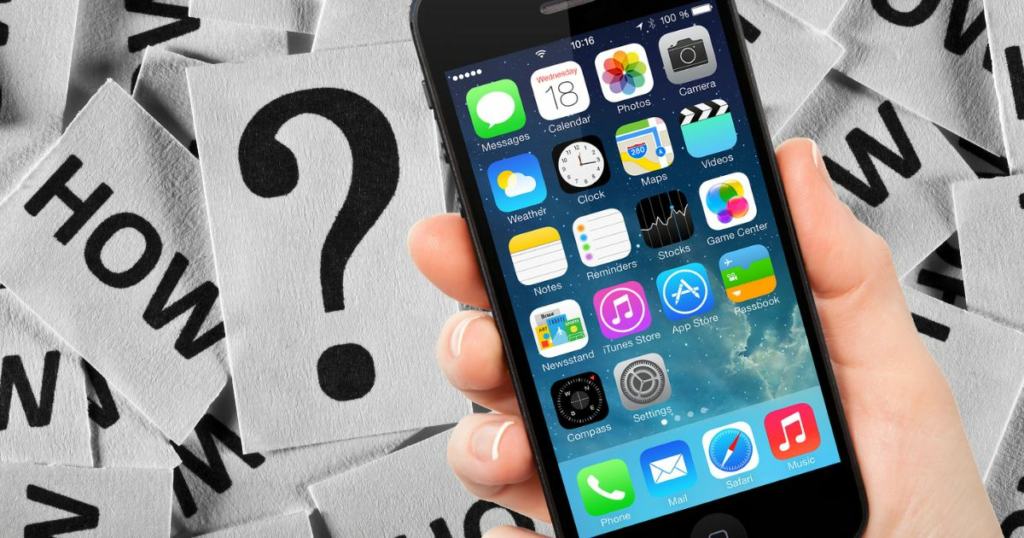How to Restart an iPhone 14: A Simple Guide for Quick Troubleshooting
If you’re experiencing issues with your iPhone 14, restarting it can solve many common problems. Restarting your iPhone 14 is a simple process that can be done in just a few steps. In this article, I will guide you through the steps to restart your iPhone 14.
Before restarting your iPhone 14, it’s important to note that restarting your device won’t erase any of your data or settings. It simply turns off your device and then turns it back on. Restarting your device can help fix issues such as a frozen screen, unresponsive apps, or problems with your device’s performance.

Basic Restart
If you’re experiencing issues with your iPhone 14, restarting it can often solve the problem. Here’s how to perform a basic restart:
Step 1: Press and hold the Power button
To restart your iPhone 14, press and hold the Power button located on the right side of the device.
Step 2: Swipe to power off
After a few seconds, a “slide to power off” option will appear on the screen. Swipe the option to the right to turn off your iPhone 14.
Step 3: Press and hold the Power button again
Once your iPhone 14 is turned off, press and hold the Power button again until the Apple logo appears on the screen. This indicates that your iPhone 14 is restarting.
Performing a basic restart is a simple and effective way to solve many common issues with your iPhone 14. If you’re still experiencing problems after restarting your device, you may need to try other troubleshooting methods.
Forced Restart
If your iPhone 14 is unresponsive, frozen, or not working properly, a forced restart can help fix the issue. Here are the steps to perform a forced restart on your iPhone 14:
Step 1: Press and quickly release the Volume Up button
Locate the Volume Up button on the left side of your iPhone 14. Press and quickly release the Volume Up button.
Step 2: Press and quickly release the Volume Down button
Next, locate the Volume Down button on the left side of your iPhone 14. Press and quickly release the Volume Down button.
Step 3: Press and hold the Power button
Finally, locate the Power button on the right side of your iPhone 14. Press and hold the Power button until the Apple logo appears on the screen. This may take up to 20 seconds.
A forced restart should not erase any data from your iPhone 14. However, it is always a good idea to back up your data regularly to prevent any loss of important information.
If your iPhone 14 continues to have issues after a forced restart, you may need to contact Apple Support for further assistance.

Reset to Factory Settings
If you want to completely wipe your iPhone 14 and restore it to its original factory settings, you can do so by following these steps:
Step 1: Open the Settings app
First, I will need to open the Settings app on my iPhone 14. This can be done by tapping on the Settings icon on the home screen.
Step 2: Tap General
Next, I will need to tap on the General option. This will take me to a new screen with a variety of settings options.
Step 3: Tap Reset
From the General screen, I will need to scroll down until I see the option for Reset. I will need to tap on this option to proceed.
Step 4: Tap Erase All Content and Settings
Finally, I will need to tap on the option for Erase All Content and Settings. This will bring up a warning message informing me that all data and settings will be erased from my iPhone 14. If I am sure that I want to proceed, I can tap on the Erase Now button to initiate the reset process.
It is important to note that resetting your iPhone 14 to its factory settings will erase all data and settings from the device. This includes any apps, photos, videos, music, and other files that you have stored on the device. Before proceeding with a factory reset, be sure to back up any important data that you want to keep.
Conclusion
In conclusion, restarting an iPhone 14 is a simple process that can be done in just a few steps. By following the steps outlined in this article, I can confidently say that anyone can restart their iPhone 14 with ease.
Remember, if your iPhone 14 is experiencing any issues, restarting it can be a quick and easy solution to try before seeking further assistance. It is always a good idea to keep your iPhone 14 up to date with the latest software updates to prevent any potential issues from occurring.
If you encounter any problems while attempting to restart your iPhone 14, be sure to consult the Apple website or reach out to their customer support team for further assistance.
| Step | Action |
|---|---|
| Step 1 | Press and hold the power button located on the right side of your iPhone 14. |
| Step 2 | Swipe the “slide to power off” button to the right. |
| Step 3 | Wait for your iPhone 14 to shut down completely. |
| Step 4 | Press and hold the power button again until the Apple logo appears. |
Frequently Asked Questions Related to Restarting an Apple iPhone
What are some common reasons for needing to restart an iPhone?
There are several reasons why you may need to restart your iPhone, including:
- Your iPhone is frozen or unresponsive.
- You’re experiencing performance issues or glitches.
- You’ve recently installed a new app or made changes to your iPhone’s settings.
- Your iPhone’s battery is draining faster than usual.
- You’re preparing to sell or trade in your iPhone.
How do I restart my iPhone?
To restart your iPhone, follow these steps:
- Press and hold the power button (also known as the Sleep/Wake button) on the right side of your iPhone.
- While continuing to hold the power button, also press and hold the volume down button on the left side of your iPhone.
- Keep holding both buttons until the Apple logo appears on the screen, then release both buttons.
What do I do if my iPhone won’t restart?
If your iPhone won’t restart using the method described above, try the following:
- Make sure your iPhone has enough battery power. If the battery is low, try charging your iPhone for at least 30 minutes before attempting to restart it.
- If your iPhone still won’t restart, try connecting it to a computer and using iTunes to force a restart. To do this, connect your iPhone to your computer, open iTunes, and then hold down the power button and the volume down button at the same time until you see the Apple logo on the screen.
- If none of these methods work, you may need to contact Apple Support for further assistance.
Will restarting my iPhone delete any data?
No, restarting your iPhone should not delete any data from your device. It simply shuts down and restarts the operating system, similar to restarting a computer. However, if you perform a factory reset or erase all content and settings on your iPhone, you will lose all data and settings on your device.
How often should I restart my iPhone?
There’s no set frequency for restarting your iPhone, but it’s a good idea to do so periodically. Restarting your iPhone can help clear up any performance issues or glitches you may be experiencing, and can also help conserve battery life. It’s generally recommended to restart your iPhone at least once a week.